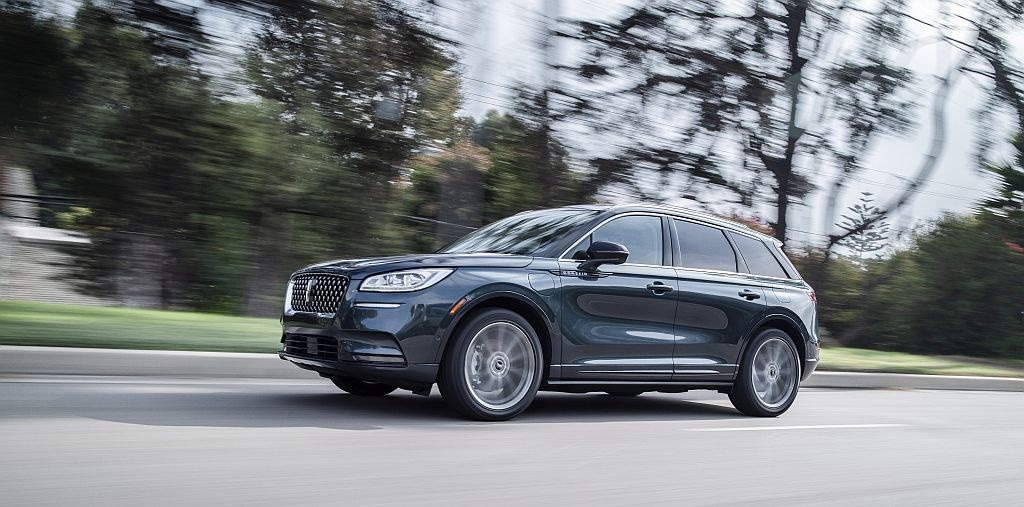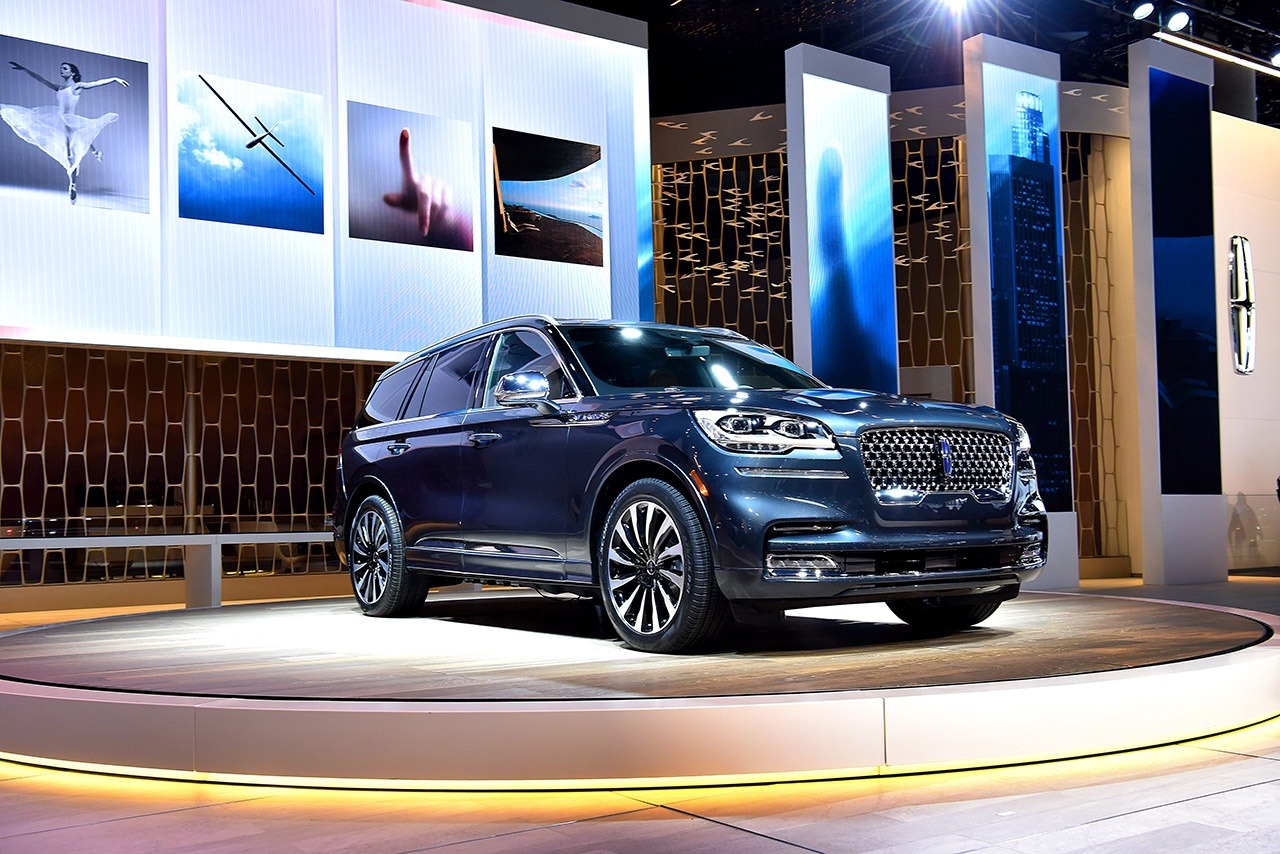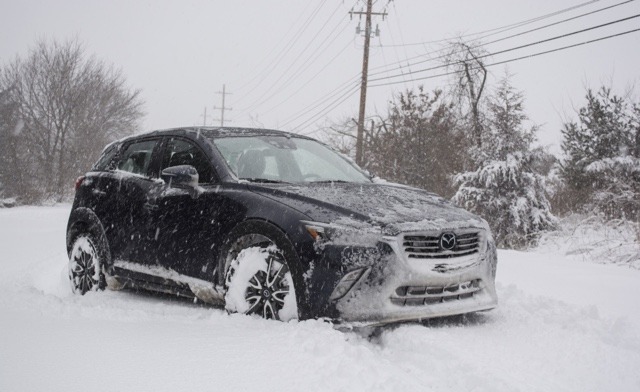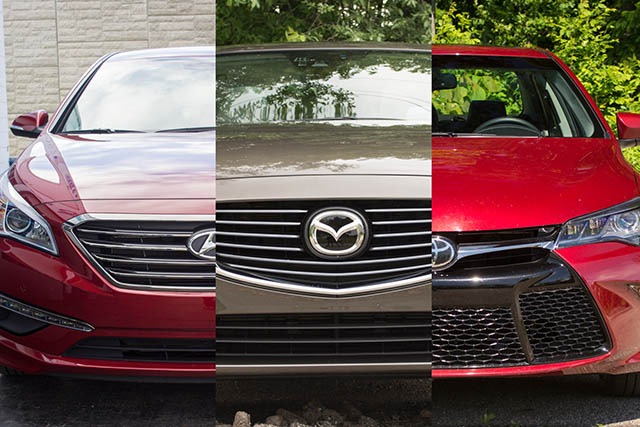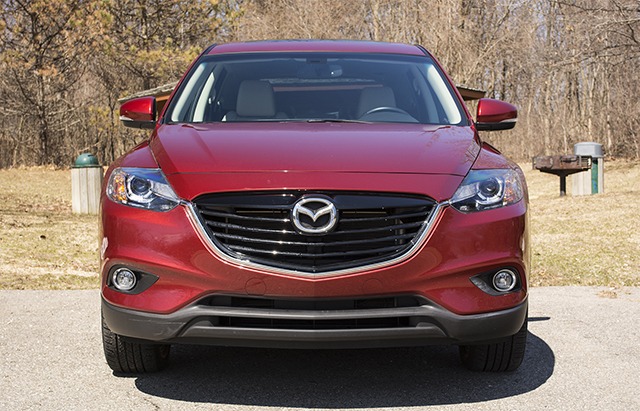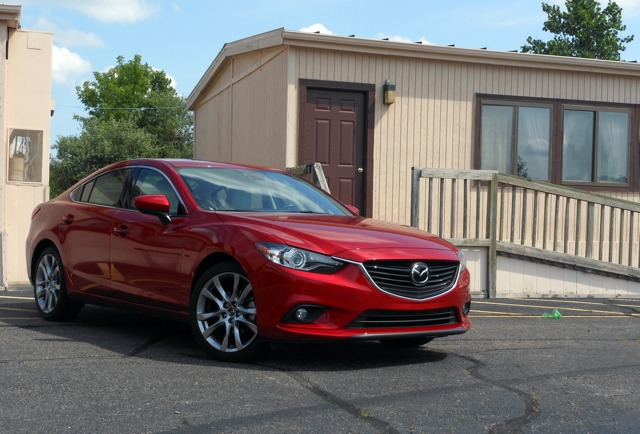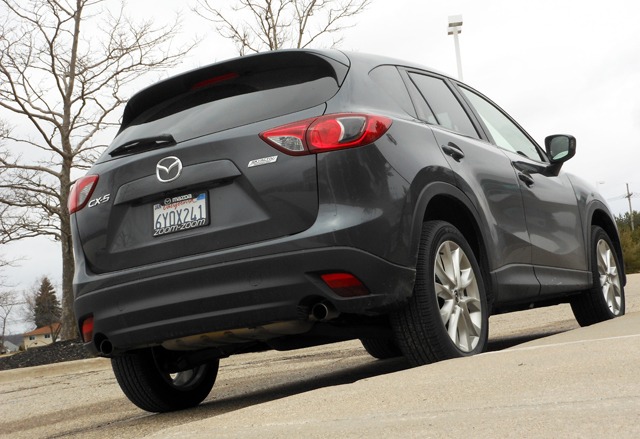Search the Community
Showing results for tags 'Grand Touring'.
-
Los Angeles - At the Los Angeles Auto Show, Lincoln introduced the Lincoln Corsair Grand Touring, a plug-in hybrid trim. Based on the standard Corsair, the Grand Touring's powertrain consists of a 2.5-liter Atkinson-cycle four-cylinder gas engine and a permanent magnet synchronous motor. The combi...
-

Lincoln Introduces the Corsair Grand Touring
Drew Dowdell posted an article in Los Angeles Auto Show
Los Angeles - At the Los Angeles Auto Show, Lincoln introduced the Lincoln Corsair Grand Touring, a plug-in hybrid trim. Based on the standard Corsair, the Grand Touring's powertrain consists of a 2.5-liter Atkinson-cycle four-cylinder gas engine and a permanent magnet synchronous motor. The combi... -
The upcoming Lincoln Aviator will be offering a very potent plug-in hybrid powertrain offering 450 horsepower and a whopping 600 pound-feet of torque. But what will Lincoln call this Aviator model? Most competitors use something like E-Hybrid, PHEV, or a 'e' to the end of the model. According to Aut...
- 11 replies
-
- 1
-

-
- aviator
- grand touring
-
(and 3 more)
Tagged with:
-
The upcoming Lincoln Aviator will be offering a very potent plug-in hybrid powertrain offering 450 horsepower and a whopping 600 pound-feet of torque. But what will Lincoln call this Aviator model? Most competitors use something like E-Hybrid, PHEV, or a 'e' to the end of the model. According to Aut...
- 11 comments
-
- aviator
- grand touring
-
(and 3 more)
Tagged with:
-
- 7 comments
-
- 2016
- 2016 Mazda CX-3
-
(and 5 more)
Tagged with:
-
“But you’ll look sweet Upon the seat Of a Mazda CX-3 built for two” Okay, I might have slightly altered a song that you may sung during preschool and/or kindergarten. But that song perfectly describes the latest entrant in the subcompact crossover class, the 2016 Mazda CX-3. Let me explain....
- 7 replies
-
- 2016
- 2016 Mazda CX-3
-
(and 5 more)
Tagged with:
-
The past few months at the Cheers & Gears Detroit Bureau has seen some midsize sedans make a second appearance. One has gone the eco-friendly route, another came with some added zip in its sporty model, and the last has undergone some significant changes. The three sedans in question are the Hyundai...
-
The past few months at the Cheers & Gears Detroit Bureau has seen some midsize sedans make a second appearance. One has gone the eco-friendly route, another came with some added zip in its sporty model, and the last has undergone some significant changes. The three sedans in question are the Hyundai...
- 9 comments
-
The Mazda CX-9 is one of the oldest nameplates in three-row crossover marketplace and also happens to be one, if not the oldest model on sale. At one time, it was considered to be one of the best crossovers. But since then, a new generation of crossovers have gone on sale. Does the CX-9 still have a...
-
The Mazda CX-9 is one of the oldest nameplates in three-row crossover marketplace and also happens to be one, if not the oldest model on sale. At one time, it was considered to be one of the best crossovers. But since then, a new generation of crossovers have gone on sale. Does the CX-9 still have a...
- 9 comments
-
William Maley Staff Writer - CheersandGears.com September 12, 2013 The name of the game in the midsize sedan class is to build something that appeals to everyone. Just look at most of the sedans on the marketplace and they are similar to one another. But what if an automaker decides not to follo...
- 7 replies
-
- 2014
- 2014 Mazda6 Grand Touring
- (and 5 more)
-
- 7 comments
-
- 2014
- 2014 Mazda6 Grand Touring
- (and 5 more)
-
- 4 comments
-
By William Maley Staff Writer - CheersandGears.com May 9, 2013 (Author’s Note: I’ll be mostly covering powertrain changes and a few other changes from the last CX-5 I drove. Those looking for a more in-depth review can click here for my 2013 CX-5 review. -WM) When I drove the 2013 Mazda CX-5 las...


